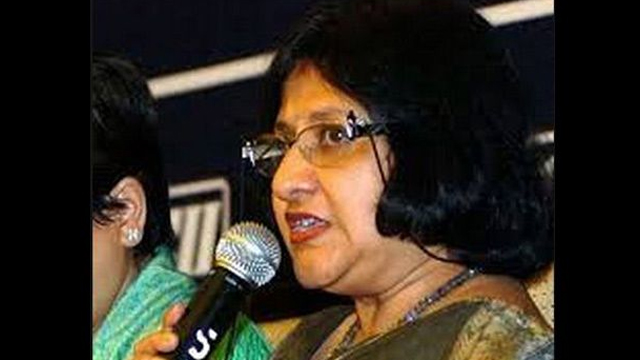Banks stay sharply determined on recuperating gender multiplicity, so between two candidates from different sexes, banks favour women.
As Arundhati Bhattacharya takes charge as the chairperson of the country’s largest bank State Bank of India (SBI), she also joins the progressively growing guild of women presently holding the top jobs in Indian banks. Bhattacharya is the newest entrant, joining the likes Chanda Kochhar, MD and CEO of ICICI Bank; Shikha Sharma, MD and CEO of Axis Bank; Naina Lal Kidwai, country head of HSBC Bank; Kaku Nakhate, president and country head (India) of Bank of America Merrill Lynch; Vijayalakshmi Iyer, CMD of Bank of India; Archana Bhargava, CMD of United Bank of India and Shubhalakshmi Panse, CMD of Allahabad Bank.
Bhattacharya, 57, who took charge as the new chairperson of SBI on Monday, is the first woman chairperson to be anointed to the top job of country’s largest lender. She succeeds Pratip Chaudhuri who retired on September 30.
Bhattacharya, who has been the managing director (MD) and the chief financial officer since August 2013, will hold the post for a period of three years.
The glass ceiling was broken in 1996, when Tarjani Vakil took charge as head of Exim Bank, becoming the trend-setter. This trend was carried forward by Ranjana Kumar, who was anointed as the chairman and managing director of Indian Bank.
The trend was followed in India’s central bank as well Shyamala Gopinath, K.J. Udeshi and Usha Thorat have served as deputy governors at Reserve Bank of India.
Bhattacharya joined SBI as a direct recruit officer in 1977 and in her extensive service; she has served in metro, urban and rural area, criss-crossing the length and breadth of the country. With over three decades of experience, she has held various assignments spanning credit, forex, treasury and retain operations.
As Corporate Development Officer and Deputy Managing Director, she has handled large corporate credit as well as initiatives like financial inclusion and financing of Self Help Groups.
She was involved in setting up several new companies initiatives of the Bank, including SBI General Insurance, SBI Macquarie Infrastructure Fund, SBI SG Securities Ltd, etc., as well as the launch of new IT platforms such as mobile banking and financial planning in the Bank.
Bhattacharya has also had a stint in the SBI’s New York office where she was in charge of monitoring branch performance, overseeing external audit and correspondent relations.
During her 36-year tenure at the bank she has held a number of important positions, including those of deputy managing director and corporate development officer, chief general manager (Bangalore Circle) and chief general manager (New Businesses).
A study carried out a few years ago discloses that in India, only one in 10 companies across all sectors have a women at the wheel, but more than half of these are from the monetary service sector and the number has only grown in the past few years. This is distinctive both in the Indian and global perspective.
Worldwide too, the Indian banking industry has an improved corner room multiplicity score than even the US. According to the American Banker Magazine’s listing released last month, only three in the top 25 are at the very top of their companies.
The question everyone ponders is why do more women make it to the top in the banking sector than any other sector?
It’s for the reason that banking comes in nature to women. They are inclined to be more conventional, more planned and more cautious about money. Women are good leaders and better team players. Banking involves sound intuition and logical ability to examine businesses and women are said to be better at it than men.
Two more aspects have customarily assisted women bankers control this natural benefit in their career growth. First, banking does not offer women with the challenges and typecasts that other sector such as manufacturing present. Contrary to manufacturing, banking in a way, did not have a shop-floor and thus no dilemma of women having to do night shifts. Much of monetary services industry, until retail busted in the past 10 years, was done meeting people in offices.
Second, banks started to purposely build multiplicity much before than other sectors. The number of senior women bankers that are seen today is an evidence of that. Women who are at the top now are mostly those who started their career around that time and worked up their way. What works in their support is that they are multi-taskers, very lithe and able to deal with all manners of circumstances with composure.
Banking as a career presents women the chance to better balance their family and professional careers. Many banks have also proactively endorsed women for fear of trailing them to competition. Companies that have managed to lift up in-house candidates to the CEO post are healthier examples where this approach worked best.
Banks stay sharply determined on recuperating gender multiplicity. Other things lingering the same, between two candidates from different sexes, banks favour women.
Banking needs a lot of confidence on external network and studies advise women are very strong in external networking and more goal and performance oriented in their jobs within the organisation, this is also one of the reasons why women are thriving at the top-posts in banks.
-With inputs from IANS





